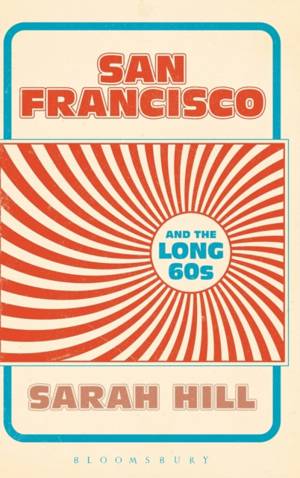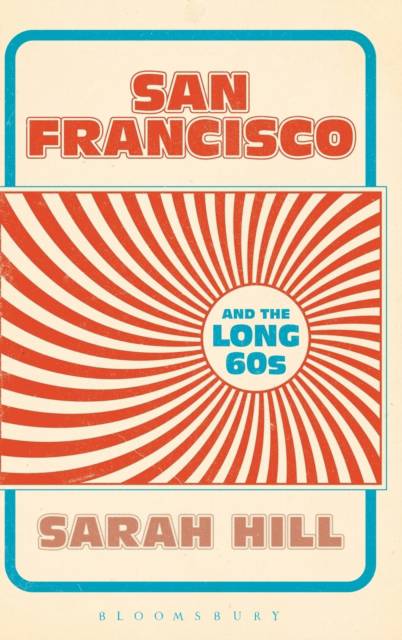
Je cadeautjes zeker op tijd in huis hebben voor de feestdagen? Kom langs in onze winkels en vind het perfecte geschenk!
- Afhalen na 1 uur in een winkel met voorraad
- Gratis thuislevering in België vanaf € 30
- Ruim aanbod met 7 miljoen producten
Je cadeautjes zeker op tijd in huis hebben voor de feestdagen? Kom langs in onze winkels en vind het perfecte geschenk!
- Afhalen na 1 uur in een winkel met voorraad
- Gratis thuislevering in België vanaf € 30
- Ruim aanbod met 7 miljoen producten
Zoeken
Omschrijving
San Francisco and the Long 60s tells the fascinating story of the legacy of popular music in San Francisco between the years 1965-69. It is also a chronicle of the impact this brief cultural flowering has continued to have in the city - and more widely in American culture - right up to the present day. The aim of San Francisco and the Long 60s is to question the standard historical narrative of the time, situating the local popular music of the 1960s in the city's contemporary artistic and literary cultures: at once visionary and hallucinatory, experimental and traditional, singular and universal. These qualities defined the aesthetic experience of the local culture in the 1960s, and continue to inform the cultural and social life of the Bay Area even fifty years later.
The brief period 1965-69 marks the emergence of the psychedelic counterculture in the Haight-Ashbury neighbourhood, the development of a local musical 'sound' into a mainstream international 'style', the mythologizing of the Haight-Ashbury as the destination for 'seekers' in the Summer of Love, and the ultimate dispersal of the original hippie community to outlying counties in the greater Bay Area and beyond. San Francisco and the Long 60s charts this period with the references to received historical accounts of the time, the musical, visual and literary communications from the counterculture, and retrospective glances from members of the 1960s Haight community via extensive first-hand interviews.
For more information, read Sarah Hill's blog posts here:
http: //blogs.cardiff.ac.uk/musicresearch/2014/05/15/san-francisco-and-the-long-60s
http: //blogs.cardiff.ac.uk/musicresearch/2014/08/22/city-scale/
http: //blogs.cardiff.ac.uk/musicresearch/2015/07/21/fare-thee-well/
The brief period 1965-69 marks the emergence of the psychedelic counterculture in the Haight-Ashbury neighbourhood, the development of a local musical 'sound' into a mainstream international 'style', the mythologizing of the Haight-Ashbury as the destination for 'seekers' in the Summer of Love, and the ultimate dispersal of the original hippie community to outlying counties in the greater Bay Area and beyond. San Francisco and the Long 60s charts this period with the references to received historical accounts of the time, the musical, visual and literary communications from the counterculture, and retrospective glances from members of the 1960s Haight community via extensive first-hand interviews.
For more information, read Sarah Hill's blog posts here:
http: //blogs.cardiff.ac.uk/musicresearch/2014/05/15/san-francisco-and-the-long-60s
http: //blogs.cardiff.ac.uk/musicresearch/2014/08/22/city-scale/
http: //blogs.cardiff.ac.uk/musicresearch/2015/07/21/fare-thee-well/
Specificaties
Betrokkenen
- Auteur(s):
- Uitgeverij:
Inhoud
- Aantal bladzijden:
- 376
- Taal:
- Engels
Eigenschappen
- Productcode (EAN):
- 9781628924206
- Verschijningsdatum:
- 14/01/2016
- Uitvoering:
- Hardcover
- Formaat:
- Genaaid
- Afmetingen:
- 154 mm x 237 mm
- Gewicht:
- 689 g

Alleen bij Standaard Boekhandel
+ 644 punten op je klantenkaart van Standaard Boekhandel
Beoordelingen
We publiceren alleen reviews die voldoen aan de voorwaarden voor reviews. Bekijk onze voorwaarden voor reviews.









